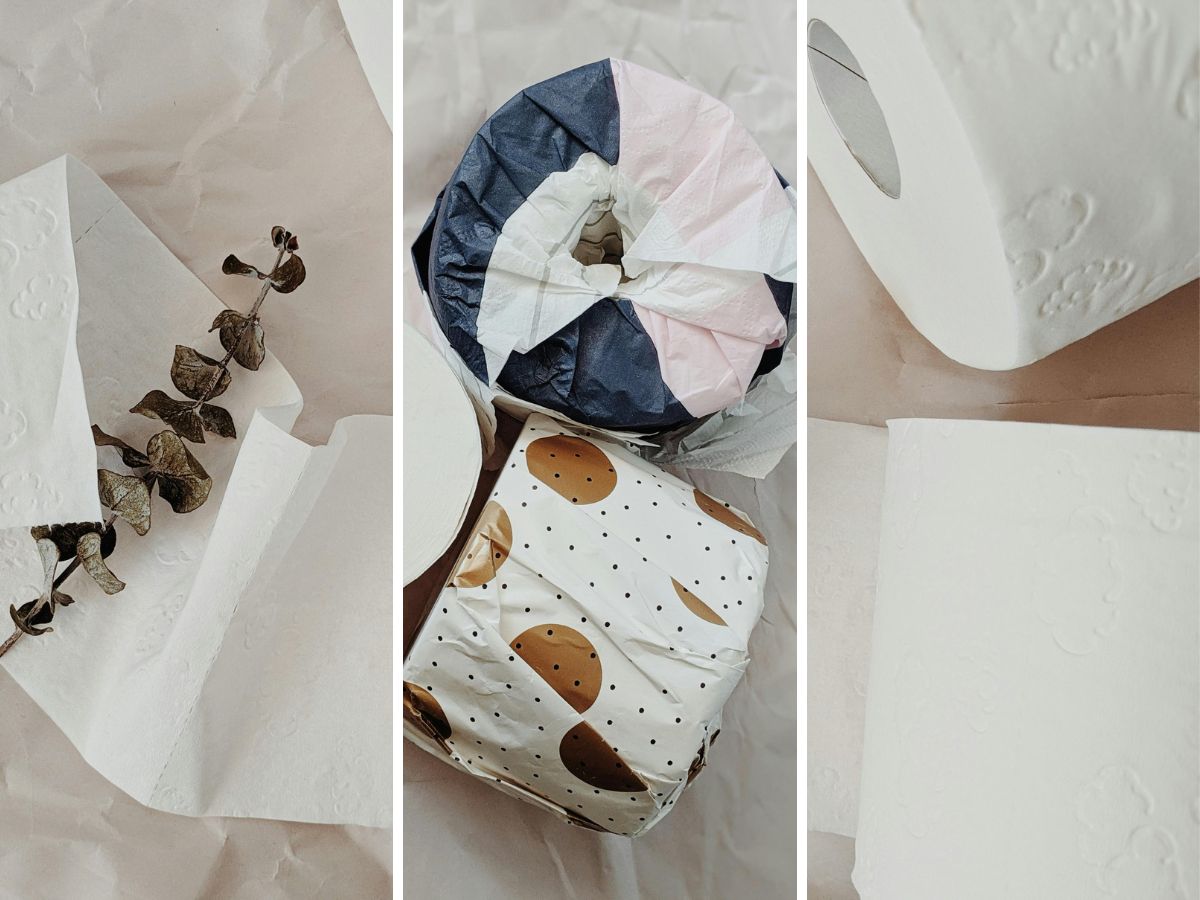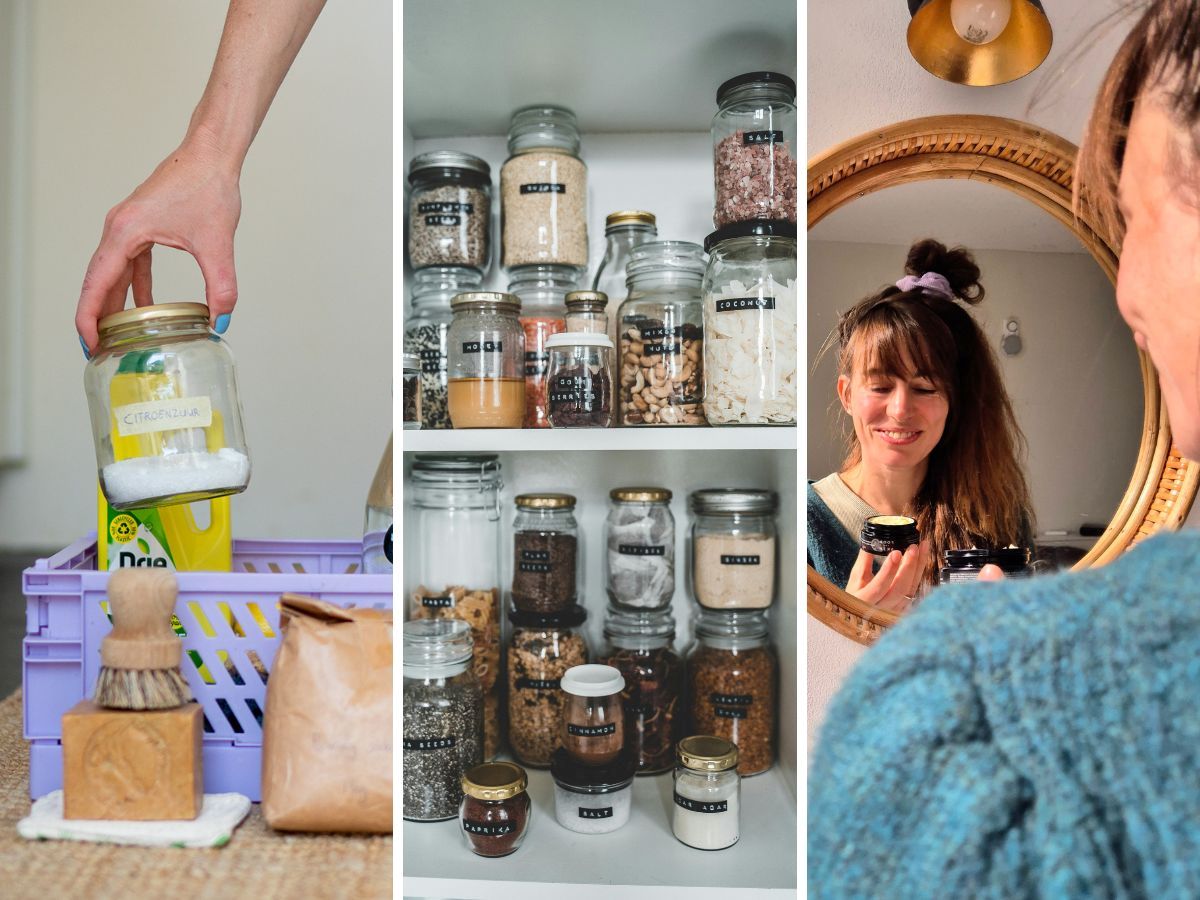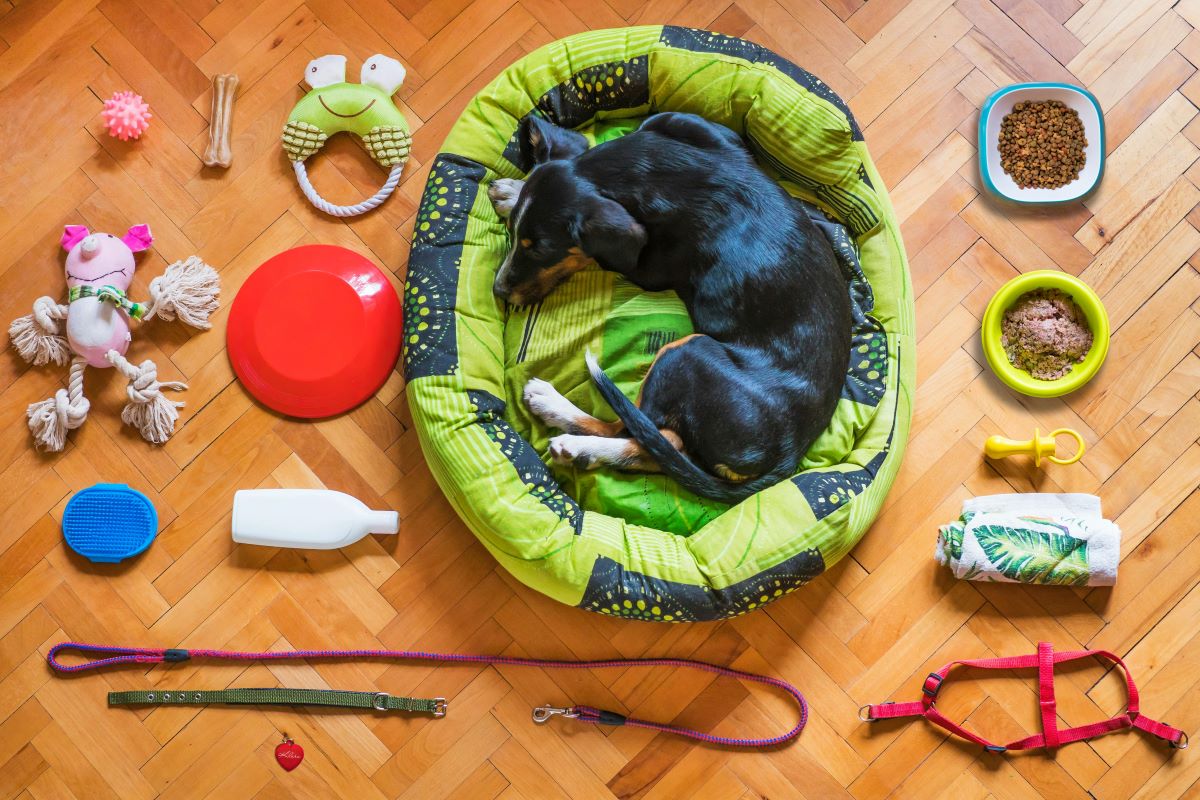Chances are you use it every day: toilet paper. In the Netherlands, we use an average of 57 sheets of toilet paper per person per day, which adds up to about 22 thousand kilometres of toilet paper. So it's a good question whether sustainable toilet paper also exists. Thegreenlist.nl dove into eco-friendly toilet paper for you. And so reveal: yes, there is sustainable toilet paper!
A word about toilet paper
Faint, of course, but the most sustainable thing of all would be not to use toilet paper at all. That saves resources, energy and the CO2 released in production and transport. Realistically, not everyone has a bidet at home. Or one of those fancy Japanese toilets where your behind is cleaned with water and then blow-dried dry. So we look for sustainable toilet paper.... Toilet paper production uses raw materials, chemicals, energy, and sometimes bleaches and perfumes. Starting with the raw materials: did trees die for your toilet paper? That could well be the case, as many toilet papers use wood (pulp) as raw material. Fortunately, most trees are not cut down purely for toilet paper. The largest parts are made into furniture and other wooden products. From the tree tops and sawing residues, they make biofuel and wood pulp, the raw material for toilet paper.
This is how toilet paper (made of wood) is made
Wood pulp, in other words. These are small shreds of wood, soaked for a few hours in water with chemicals to soften the wood. Then this pulp is crushed and heated, leaving one very large sheet of paper. This paper is rolled onto a giant roll, the ‘mother roll’. This is single-ply paper. Since most people prefer multi-layer toilet paper, the roll is rolled out again and joined with other layers, in which the figures or ‘pits’ and tear lines are printed. Then the toilet paper is rolled out again and the large roll is cut into smaller rolls of toilet paper, like we have at home.
And this is how they make toilet paper from recycled paper
Good news: most toilet paper these days is made (at least partly) from recycled paper. Fine! And no, so that's not recycled toilet paper, but various other paper waste, such as old office paper, newspapers, cardboard, maybe even the occasional love letter. How they turn that into toilet paper? The old paper is collected and placed in a huge vat of hot water, where it disintegrates into paper fibres. These fibres are well sieved, to filter out scraps of plastic and, for example, staples (ai, ouch!). The paper pulp that remains is then heated again, dried and then rolled onto a large mother roll. And from there we know it: several layers on top of each other, figure and tear lines in and roll it up. Cut into standard rolls of toilet paper et voilà!



About toilet paper, we can give two tips: use it sparingly and buy toilet paper made from recycled paper.
Options for environmentally friendly toilet paper
OK, back to the question: does sustainable toilet paper exist? The answer is yes. You can opt for more eco-friendly toilet paper. That is paper that does not involve wood (pulp). Choose sustainable toilet paper made of 100% recycled paper. Or choose eco-friendly toilet paper made of bamboo (fast-growing and needs little water: win-win) or toilet paper that contains wheat straw (an agricultural residue) in addition to recycled paper. Bleach makes toilet paper whiter, but it's not really necessary. If you leave the rolls of pure white and coloured toilet paper aside, you also choose more sustainably.
Can it be a little less toilet paper?
You can save even more toilet paper by taking a critical look at your usage. Could you do with one (or a few) fewer sheets? With three sheets less per day, you could save up to seven rolls of toilet paper per year. Research shows that folding your toilet paper is more sustainable than stuffing your toilet paper, because folders use fewer sheets. With folded toilet paper, although you wipe a larger area, you tear through the paper faster (yikes!). With stuffing, you wipe better, but on a smaller surface. The ideal way? Well, there may not be one. It is mainly what you like. You have probably had your own favourite way for years.
Tip: Work out with your child(ren) how much paper is needed per message. You could also draw a line on the wall as to how far you will stretch the roll. Young is learned.
This is how to save toilet paper (tip!)
Squeeze the toilet roll before you hang it up. Huh? Yes, try it. The cardboard roll thus becomes an oval and rolls less easily. Every time you pull on the roll, it only adds one more sheet. Hoppa! Your very own automatic toilet paper saver.
Choose the thick roll of durable toilet paper
Also preferably choose toilet rolls that have extra many sheets on them. Thicker rolls = less cardboard toilet rolls, which also saves resources. There are toilet paper suppliers where you can opt for a subscription, where you order a big box of toilet paper a few times a year instead of every week. That also saves (delivery) kilometres: great for the environment.
Good toilet paper for your bottom and the world
On our search for sustainable toilet paper, we still saw the forest for the trees by not cutting them down. Yes! The Dutch company The Good Roll has toilet paper made of 100% recycled European paper, so no tree is cut down for it. Also in their range: toilet paper made of bamboo. The rolls are thicker (250 sheets instead of 150 sheets) and 50% of their net profit goes to building toilets in developing countries. Win-win, right? Bambooi is a young Amsterdam-based B-corp company and they supply toilet paper made from 100% bamboo. This grows quickly, absorbs CO2 and releases oxygen. No chemicals are used in their toilet paper, their rolls (also double-thick) are packed plastic-free and delivered to your home in a climate-neutral way. Also Cheeky Panda makes, how could it be otherwise with such a name, toilet paper from bamboo. Also nice: bamboo toilet paper is odour-resistant, antibacterial, hypoallergenic and therefore also suitable for sensitive skin.
Oh, it might take some getting used to, because bamboo toilet paper is (hooray!) not bleached, and therefore not white, but light in colour. Let's call it ’golden‘. Toilet paper made from recycled paper is lighter in colour, and this is not because of bleach, but because wood fibres are naturally white. Whichever variant you choose, recycled paper or bamboo, we've tried them both for you. The paper feels slightly thinner, but is just as strong and soft as traditional toilet paper. Happy wiping!
Huh...a roll of sustainable toilet paper.... in a paper!
A word about those wrappers, which most sustainable toilet paper providers wrap their rolls in individually. Nice, such a paper wrap, often with a cool design on it, but that's extra paper again, right? True. They do this because they do not want to wrap their toilet paper in plastic, but they do want it to arrive dry and clean at your doorstep. If you order a generous amount of toilet paper, you can also opt for a large box full of rolls that are not individually wrapped. The choice is yours.
Wet wiping? That too can be more sustainable
Wet wiping is not necessarily necessary, but you might like it. Up to you natural. Good to know that a lot of wet toilet paper is not plastic-free, unfortunately. Should you still like to wet wipe: Then be sure to check out our article on wet wipes. In smells and colours, we tell you what the problem is and what to look out for if you really can't live without it. And, do you want to make eco-friendly choices not just for your toilet paper, but for your entire toilet? We have some more tips for you!
Sources: CWS, Vrij Nederland, Edet, Radar, QSsupplies, RTV Oost, schonerivieren.org. Photo credits: main image: Vie Studio (Pexels), toilet: Andreae Davis (Pexels), toilet paper: Vlada Karpovich (Pexels), The Good Roll: Corine Snel, children: Elly Fairytale (Pexels).












